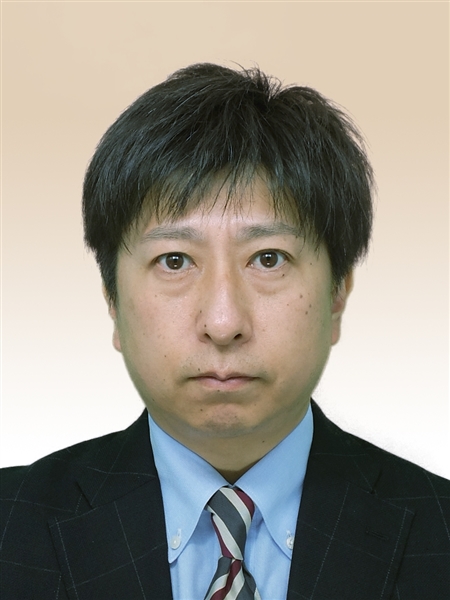|
Affiliation |
IWATE University Faculty of Education Mathematics Education |
|
Mail Address |
|
SATO Toshihito
|
|
|
Graduate School 【 display / non-display 】
-
2003.04-2005.03
Iwate University Graduate School, Division of Education Master's Course Completed
Campus Career 【 display / non-display 】
-
2021.04-Now
IWATE University Faculty of Education Mathematics Education Associate Professor [Duty]
Research Areas 【 display / non-display 】
-
Humanities & Social Sciences / Education on school subjects and primary/secondary education
Course Subject 【 display / non-display 】
-
2021
Mathematics Teaching (Elementary School)
-
2021
Undergraduate Research
-
2021
Seminar in Mathematics Teaching
-
2021
Mathematics Teaching 1
-
2021
Basic Seminar (For first-year students)
Published Papers 【 display / non-display 】
-
Lesson development for junior high school mathematics with inquiry-based learning through community of Lesson Study
48 ( 1 ) 305 - 306 2024.09
Not Set Single Work
-
Connecting Educational Research Findings with Educational Administrative Functions:What Does Educational Administration Seek?
46 ( 4 ) 73 - 78 2024.03
International Conference Proceedings Single Work
-
Developing lessons on a sample survey to conduct the process of statistical problem solving : Focusing on Inferential Statistics through simulation
2023.03 [Refereed]
International Conference Proceedings Multiple authorship
-
中学校数学科におけるICTを活用した探究的な学習のための教材開発ー教科書の問題を発展的扱いについて焦点を当ててー
中村好則,佐藤寿仁,稲垣道子,工藤真以
岩手大学教育学部プロジェクト推進支援事業教育実践研究論文集 2023.03
Academic Journal Multiple authorship
-
In the problem-solving process Structure of knowledge about probability and its lesson development:Focus on the Notion of "Equally Possible" in Teaching Probability of junior high school's mathematics
( 53 ) 3 - 13 2022.03 [Refereed]
International Conference Proceedings Multiple authorship
The purpose of this study is to clarify the aspect of thinking when students solve the problem
using Mathematical Probability, by focusing on the understanding of "Equally Possible" and its process of concept formation in the guidance of probability in the second grade of junior high school. We developed lessons to shift from simply knowing the meaning of " Equally Possible " to understanding its effectiveness in mathematically interpreting uncertain events. Therefore, we created a guidance plan setting the same problems in the introduction scene and the terminal scene of teaching probability. By looking back on the way of thinking in solving the problem and by examining two different problem-solving approaches, Statistical Probability and Mathematical Probability, we were able to confirm that students came to understand elementary events with an awareness of "Equally Possible".


